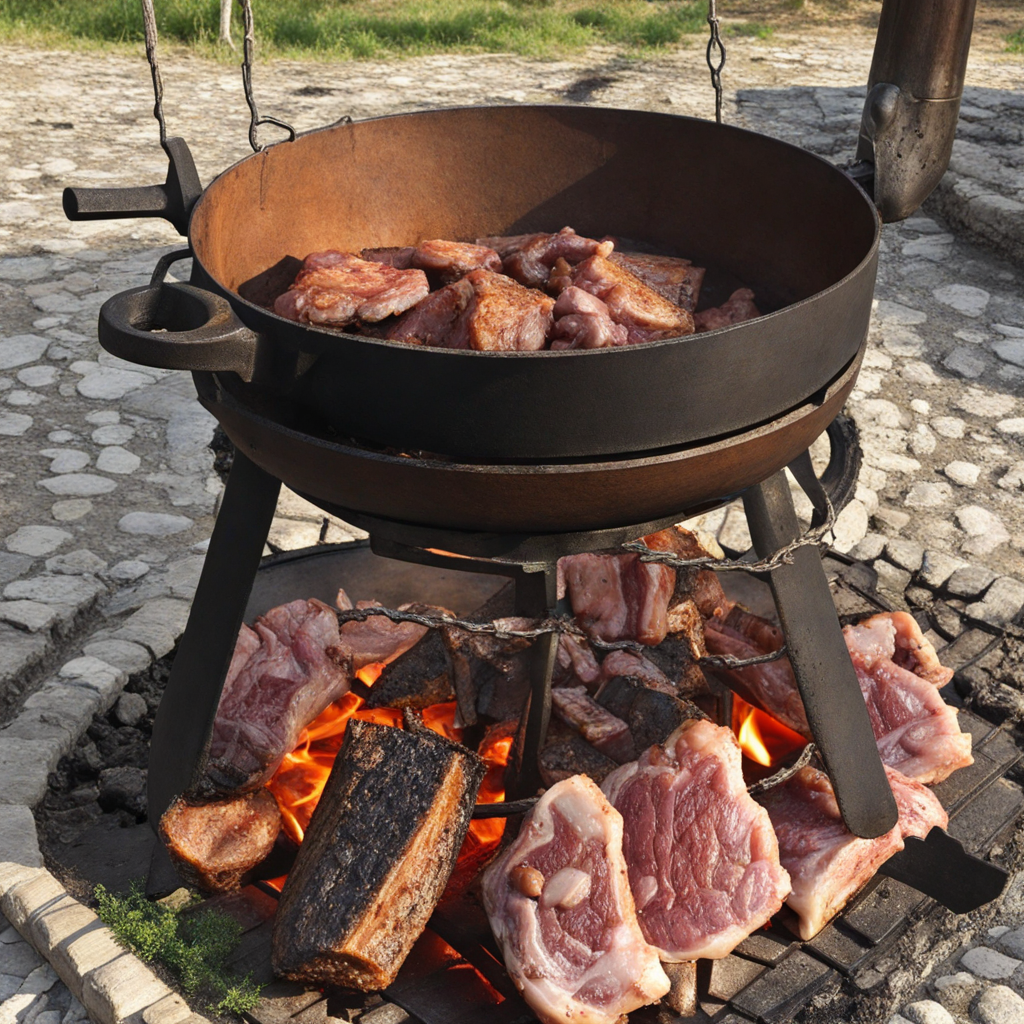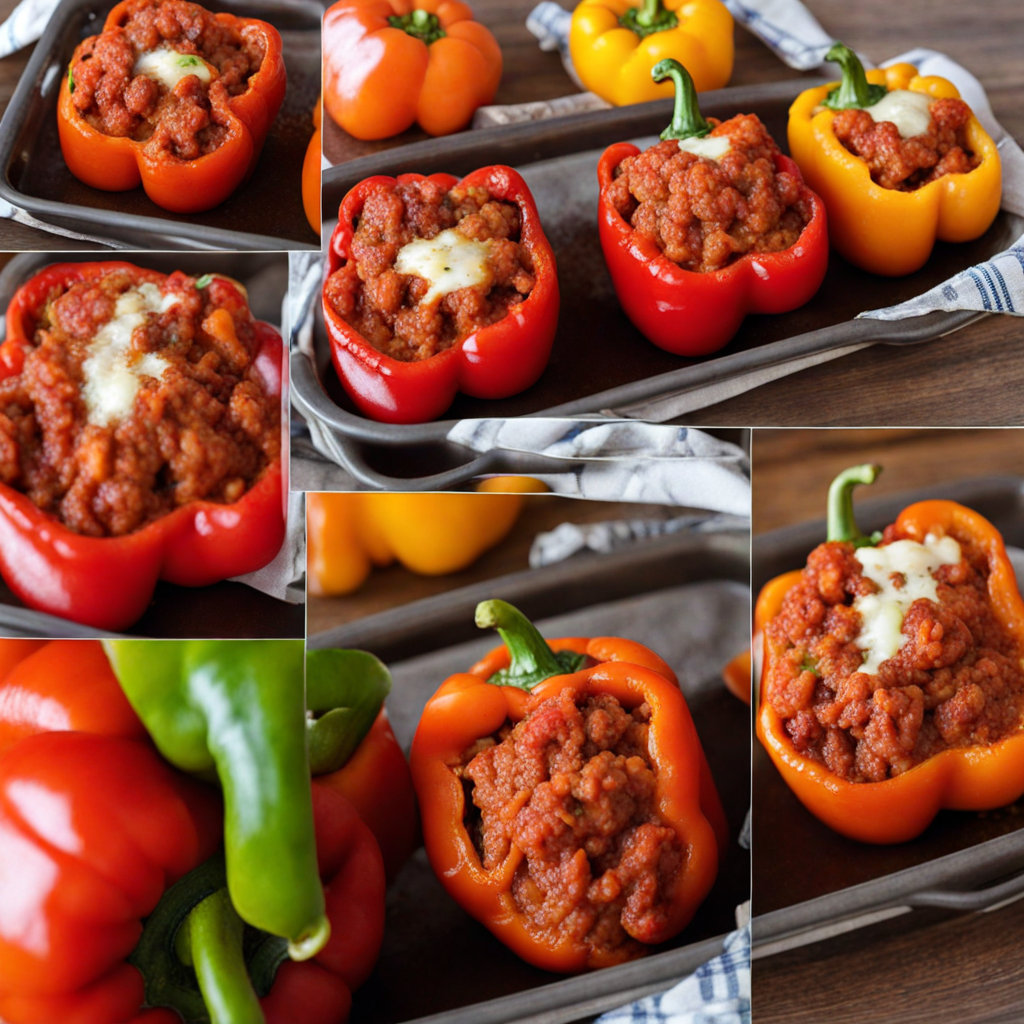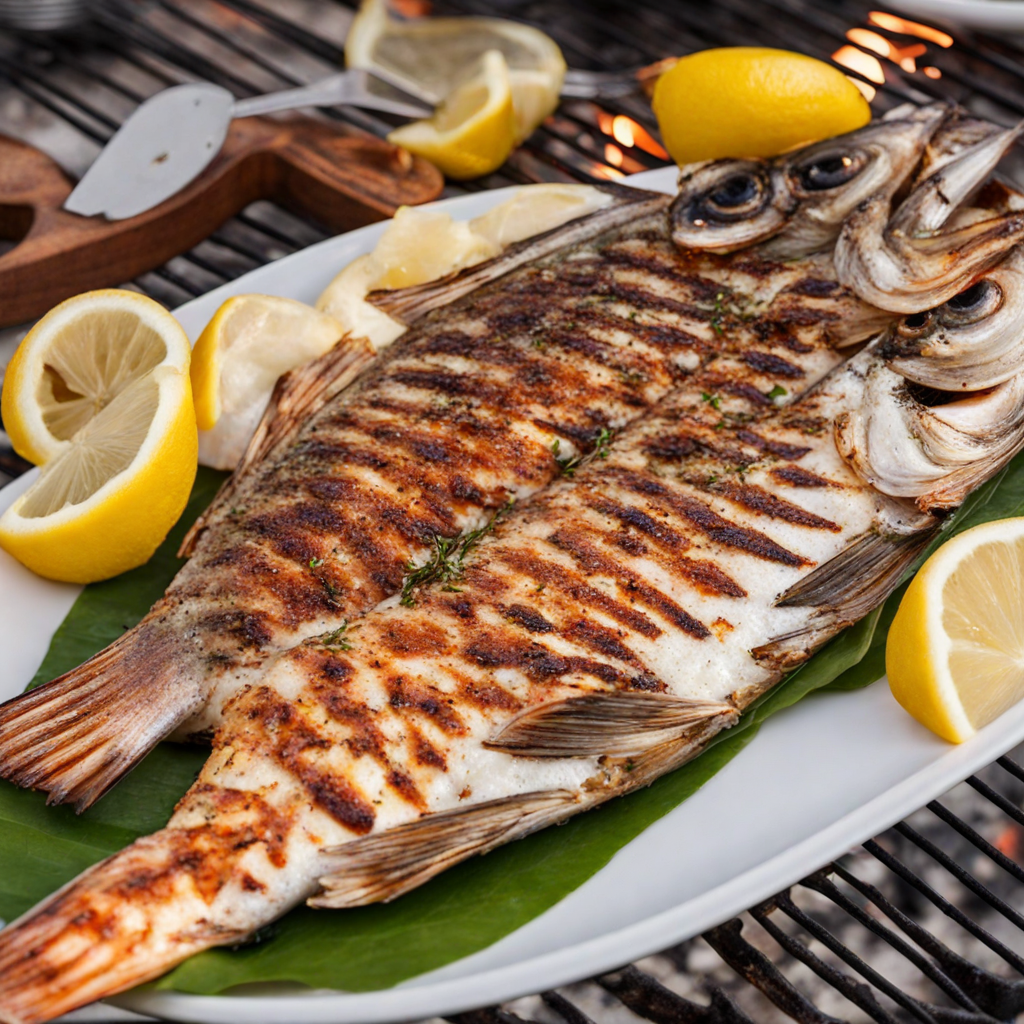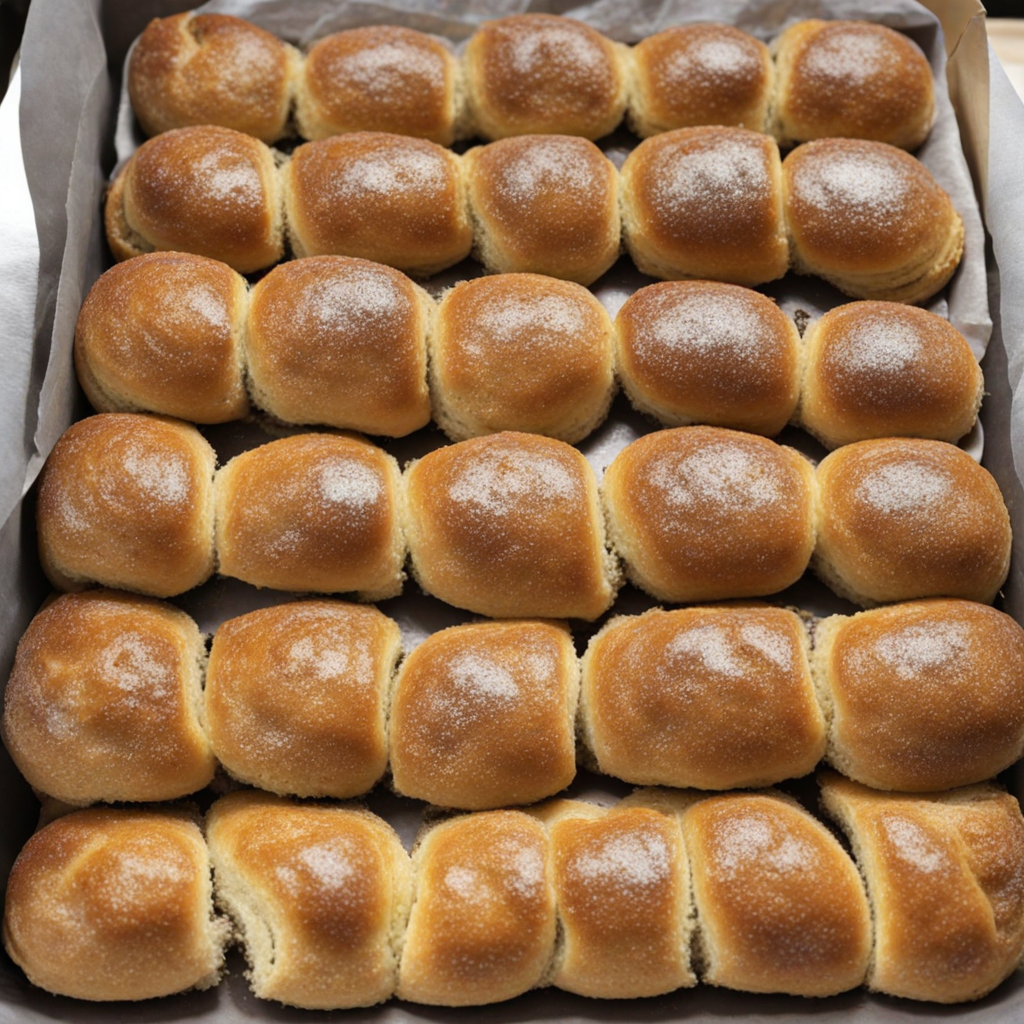Peka
Peka is a traditional Croatian dish that embodies the essence of slow-cooked flavors, often prepared under a bell-shaped lid called 'peka.' This method of cooking creates a unique, smoky aroma, as the ingredients are slow-roasted over open flames or in the embers of a wood fire. Typically, peka consists of a combination of meat, such as lamb, veal, or chicken, accompanied by seasonal vegetables like potatoes, carrots, and onions, all seasoned with aromatic herbs. The cooking process allows the flavors to meld together beautifully, resulting in tender and juicy meat that falls off the bone, infused with the essence of the vegetables and herbs surrounding it. The preparation of peka is not just about the ingredients; it's also about the community and tradition that surrounds it. Often cooked during family gatherings or special occasions, the dish is a celebration of Croatian culinary heritage. The lid is placed over the ingredients along with coals or hot embers on top, creating a mini-oven effect that traps heat and moisture, ensuring even cooking. As it cooks, the meat develops a rich, golden-brown crust while the vegetables become tender and flavorful, soaking up all the savory juices, making every bite a delightful experience. Served straight from the peka, this dish is often accompanied by homemade bread or polenta, which helps to soak up the delicious juices. The result is a hearty meal that not only satiates the appetite but also warms the soul. Each region in Croatia may have its unique twist on peka, showcasing local ingredients and flavors, making it a versatile dish that invites exploration and discovery. Whether enjoyed at a rustic konoba (tavern) or prepared in a home kitchen, peka promises a memorable culinary experience that transports you straight to the heart of Croatia.
How It Became This Dish
Peka: A Culinary Jewel of Croatia Introduction Peka is much more than just a dish; it is a culinary tradition deeply woven into the fabric of Croatian culture, especially in the coastal regions and the hinterlands. With roots that reach back to ancient times, Peka represents a unique cooking method that encapsulates the essence of communal dining, regional ingredients, and the natural beauty of Croatia. This essay delves into the origins, cultural significance, and evolution of Peka, showcasing its role as a symbol of Croatian heritage. Origins The history of Peka can be traced back to the Mediterranean diet, which has been influenced by various civilizations, including the Greeks, Romans, and Byzantines. The name "Peka" derives from the word "peć," meaning oven in Croatian, referencing the traditional method of cooking. The technique involves a special domed metal lid or bell-shaped cover, known as a "peka," which is placed over a pot of food and then covered with hot embers, creating an environment akin to that of a slow oven. This method of cooking is believed to have originated in the coastal regions of Dalmatia, where the abundance of seafood and fresh vegetables provided a perfect backdrop for communal meals. The dish typically comprises a variety of meats—usually lamb, veal, or chicken—along with seasonal vegetables like potatoes, carrots, and peppers. The meats are often marinated with local herbs such as rosemary, thyme, and bay leaves, which contribute to the depth of flavor that Peka is celebrated for today. Cultural Significance Peka is much more than a meal; it is a ritual that emphasizes the importance of family and community. Traditionally, the preparation of Peka is a communal affair, often involving family members or friends gathering together to cook and share the meal. This aspect of communal cooking reflects the Croatian value of togetherness and hospitality. In rural areas, Peka is often prepared during special occasions, family gatherings, or feasts, making it a centerpiece of celebration. The process of cooking Peka is as significant as the dish itself; it requires patience, as the ingredients must be cooked slowly and evenly to achieve the desired tenderness. As such, the act of cooking becomes a labor of love, with each participant contributing to the process, further strengthening community bonds. Moreover, Peka embodies the Croatian connection to the land. The ingredients used are typically sourced from local farms and markets, emphasizing the importance of seasonal produce and sustainable practices. This farm-to-table approach is not only beneficial for the environment but also ensures that the meal is rich in flavor and authenticity. Development Over Time As Croatia has evolved through various historical phases, so too has the dish of Peka. During the Austro-Hungarian Empire, culinary influences from neighboring countries began to permeate Croatian cuisine. While the core of Peka remained intact, variations started to emerge, incorporating spices and cooking techniques from other cultures. The post-World War II era saw a resurgence of interest in traditional Croatian cuisine, as the nation sought to reclaim its culinary identity amidst the influences of globalization. Peka experienced a renaissance during this time, with chefs and home cooks alike reviving traditional recipes and techniques. The dish became a symbol of national pride, representing the rich agricultural heritage of Croatia. In contemporary times, Peka has transcended its humble origins and can be found in upscale restaurants and culinary festivals across the country. Chefs are experimenting with the traditional recipe, incorporating modern culinary techniques while still honoring the essence of Peka. For instance, some chefs may use sous-vide methods to achieve precise cooking temperatures before finishing the dish with the traditional Peka method, creating an innovative yet classic experience. Peka in Modern Croatia Today, Peka is celebrated not only as a traditional dish but also as a culinary ambassador for Croatian cuisine on the world stage. Food festivals, wine pairings, and gastronomic tours often feature Peka, showcasing its versatility and depth. The dish has also become a focal point for culinary tourism, with visitors flocking to Dalmatia and Istria to experience authentic Peka prepared by local chefs in picturesque settings. In addition to its culinary significance, Peka has become a symbol of Croatian identity and resilience. The dish encapsulates a way of life that values tradition, community, and the simple pleasures of sharing food. As Croatia continues to navigate the complexities of modern globalization, Peka remains a steadfast reminder of the country's rich cultural heritage. Conclusion In summary, Peka is a profound culinary tradition that embodies the essence of Croatian culture. Its origins are steeped in history, and its preparation speaks to the heart of communal living. As it has evolved over time, Peka has retained its significance while adapting to contemporary tastes and trends. Today, it stands as a testament to Croatia's agricultural bounty, cultural identity, and the enduring power of shared meals. Whether enjoyed at a family gathering or a fine dining restaurant, Peka continues to capture the hearts and palates of those who partake in this remarkable dish, solidifying its place in the annals of Croatian cuisine.
You may like
Discover local flavors from Croatia







